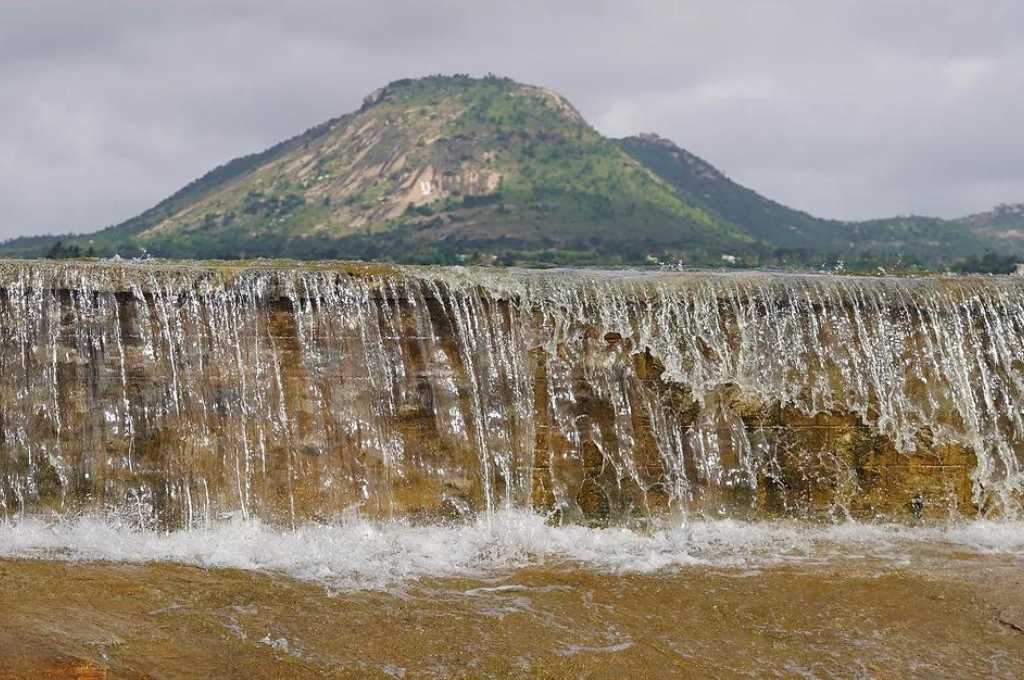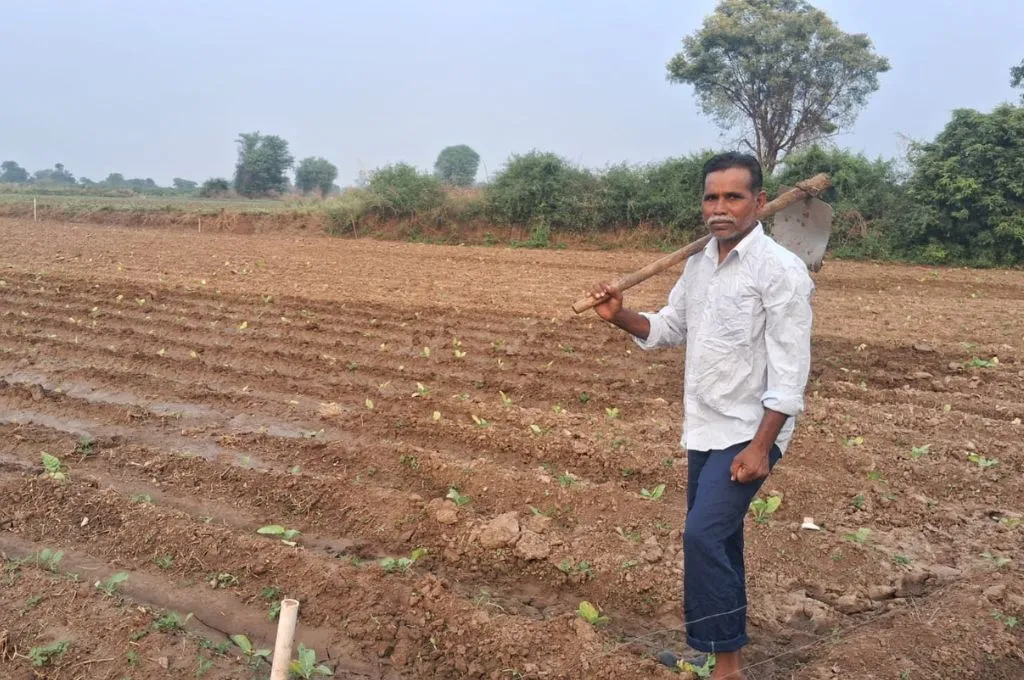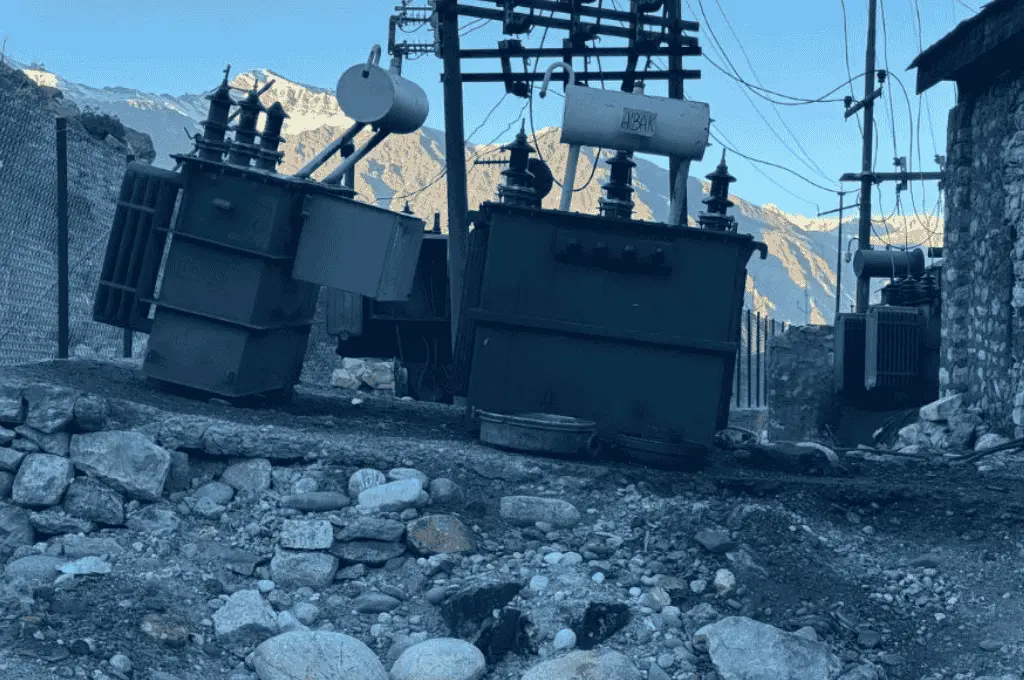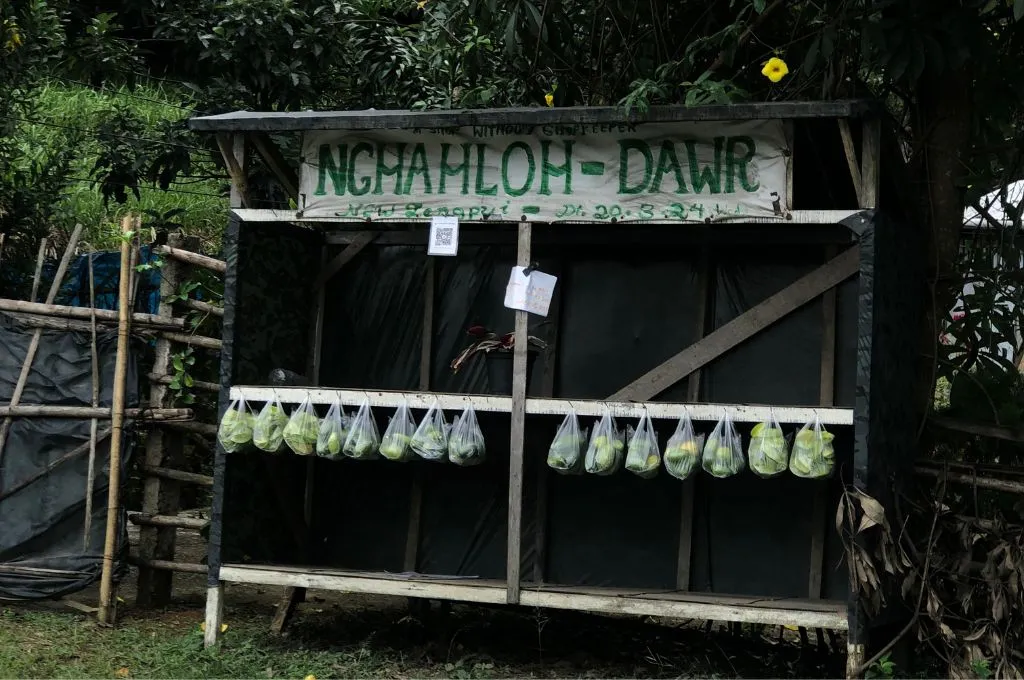Karnataka’s forgotten cascading tanks

Cascading tanks are a system of small man-made tanks containing river or rainwater run off that drain into a large reservoir. Founded during the Vijayanagara Empire, cascading tanks in Karnataka have been used for agriculture throughout Karnataka for centuries. Farmers in the region have relied on this irrigation system to cultivate myriad crops both for self-consumption and for selling in the market.
In the past, due to the rocky and undulating terrain in the Deccan region of Southern India, maintenance of the tanks required collective effort. People from the village would come together to remove weeds and desilt the tanks, and to ensure that the irrigation channels flowed unhindered. The removed silt was used to fertilise fields. This effort was led by a neeruganti (or tank manager), in each village.
Chinna Venkataravanappa, a farmer from Chikkaballapura district recalls how the system worked when he was young, “When I was a child, paddy was cultivated over 100 acres of the command area of the tank. There were 80 farmers then. The neeruganti was responsible for providing water to each farmer’s land. His role was to inform everyone in the village about the amount of water in the tank, and what can be grown with the water that was available. The people would then collectively agree and decide on a date for sowing. The neeruganti made sure that there was water remaining in the tank even after harvesting, so that it could be used by the livestock and for other domestic purposes.”
However, as rainfall gradually decreased due to the loss of green cover in the surrounding hills, the flow of water in the cascading tanks also reduced, making farming difficult. A few farmers, who could afford the expense, opted to dig borewells. Venkataravanappa adds, “Those were years of intense drought. The District Commissioner at the time ordered the closure of sluices and stocking of water in the tanks. Those without borewells left their lands fallow.”
Only if sluices are reopened can the supply channels be re-established, allowing all farmers to resume cultivation. Giving back control over the tanks to the local community with their traditional knowledge systems can help restore this age-old water management system that nourished the region.
This is the edited excerpt of an article that was originally published on Native Picture.
Caitlin Blood is the executive director at MITCH Charter School. Abhiram Nandakumar is a senior content writer at AP Moller-Maersk.
—
Know more: Read this to earn about the water managers of Karnataka and their role in managing the man-made lakes.



